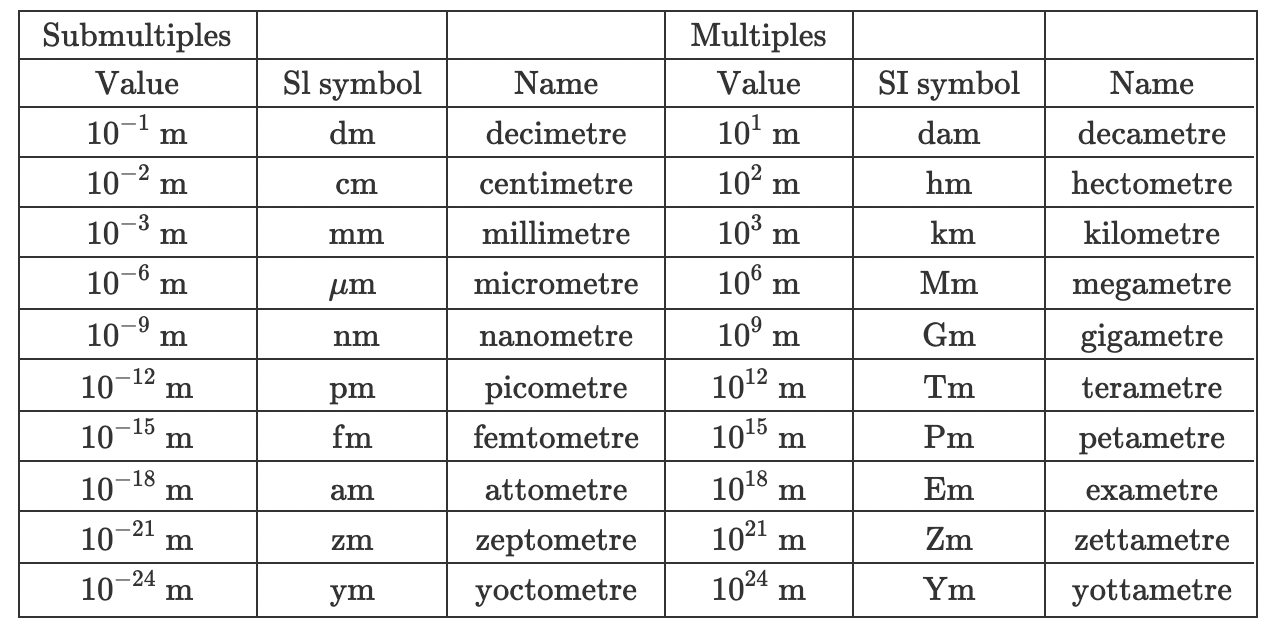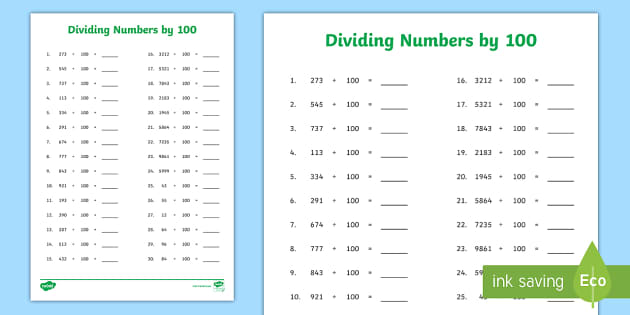When A Meter Is Divided By 100 The Result Is
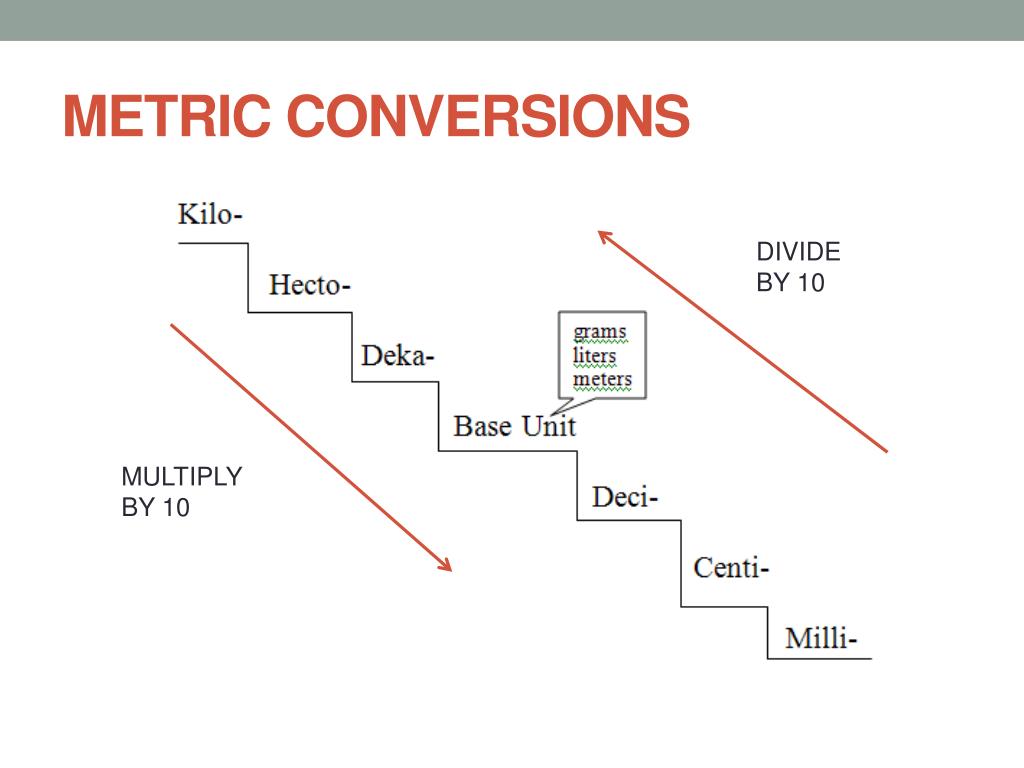
A seemingly simple arithmetic problem – what is a meter divided by 100 – has sparked a quiet but significant debate within the scientific and educational communities. The answer, a centimeter, represents far more than just a unit of measurement. It embodies the fundamental principles of the metric system and underscores the importance of precision in fields ranging from engineering to everyday life.
At its core, the question "What is a meter divided by 100?" is a foundational concept in understanding the metric system. The nut graf of this discussion lies in the critical role of the centimeter in scientific accuracy, educational curricula, and practical applications. This article will explore the implications of this fundamental measurement, examining its significance across various sectors and highlighting ongoing discussions about its relevance in a rapidly changing world.
The Centimeter in Science and Engineering
The centimeter (cm), equivalent to one-hundredth of a meter (1/100 m), is a cornerstone of scientific measurement. Its utility stems from its convenient size for describing many objects and phenomena encountered in the natural world.
In fields like biology, chemistry, and physics, centimeters are frequently used to measure the dimensions of organisms, the lengths of wavelengths, and the sizes of experimental setups. The consistent and decimal-based nature of the metric system, where meters are easily converted to centimeters and vice versa, simplifies calculations and reduces the risk of errors.
Engineering projects also rely heavily on the centimeter. From designing circuit boards with components measured in millimeters (0.1 cm) to constructing building plans with dimensions scaled down to centimeters, the precision offered by this unit is invaluable. Without a clear understanding and application of the centimeter, accuracy in these disciplines would be severely compromised.
Education and the Metric System
The teaching of the metric system, with its emphasis on the relationship between meters and centimeters, is a crucial component of science and mathematics education. Children learn about centimeters from an early age, often using rulers and other measuring tools to understand this unit in a tangible way.
Educational standards across many countries include specific learning objectives related to the metric system, highlighting the importance of centimeters in measurement and conversion exercises. These concepts are foundational for further study in physics, chemistry, and other scientific disciplines.
However, some educators argue that the emphasis on rote memorization of conversions, like knowing that there are 100 centimeters in a meter, should be balanced with a focus on developing students' conceptual understanding of measurement and scale. This shift would help students apply their knowledge more effectively to real-world situations.
Practical Applications in Everyday Life
Beyond the laboratory and classroom, the centimeter plays a significant role in everyday activities. Tailors use centimeters to measure fabric and body dimensions. Construction workers use them in building projects.
Household objects, such as furniture, picture frames, and electronic devices, are often described using centimeter dimensions. Cooking recipes sometimes call for ingredients to be measured in volumes correlated to centimeter-based measurements, further demonstrating the breadth of its application.
Even in countries that primarily use the imperial system, such as the United States, the centimeter is increasingly prevalent in certain sectors, particularly in healthcare and technology, reflecting a growing global standardization of measurement.
The Debate: Relevance in a Digital Age
Despite its ubiquity, some argue that the direct relevance of the centimeter is diminishing in an increasingly digital age. They claim that advancements in technology have led to the widespread adoption of more precise units, such as millimeters and micrometers, particularly in manufacturing and scientific research.
Furthermore, the rise of globalization and international trade has necessitated a greater focus on standards beyond the centimeter, such as the International System of Units (SI), which includes a broader range of measurements and conversion factors.
However, proponents of maintaining the emphasis on centimeters argue that its continued importance lies in its simplicity and accessibility. For many practical purposes, the centimeter provides sufficient accuracy and ease of use. Moreover, they maintain that it serves as a crucial building block for understanding more complex units and concepts within the metric system.
Looking Ahead: The Future of the Centimeter
The future of the centimeter is likely to be shaped by the ongoing tension between the need for greater precision in scientific and technological advancements and the value of maintaining a simple and accessible system of measurement. While specialized fields may increasingly rely on smaller units, the centimeter is likely to remain a valuable tool in education and everyday life.
Continued research into effective methods of teaching the metric system, including a strong emphasis on the centimeter, will be essential for ensuring that future generations have a solid foundation in scientific literacy. Furthermore, promoting the use of the metric system in countries that primarily use the imperial system can help foster greater standardization and efficiency in global trade and communication.
Ultimately, the question "What is a meter divided by 100?" serves as a reminder of the fundamental importance of measurement in our world and the ongoing need to adapt and refine our systems of measurement to meet the challenges of the future.
Whether the centimeter continues to hold a central role or gradually fades into the background, its contribution to scientific and cultural understanding will remain undeniable.
.jpg)
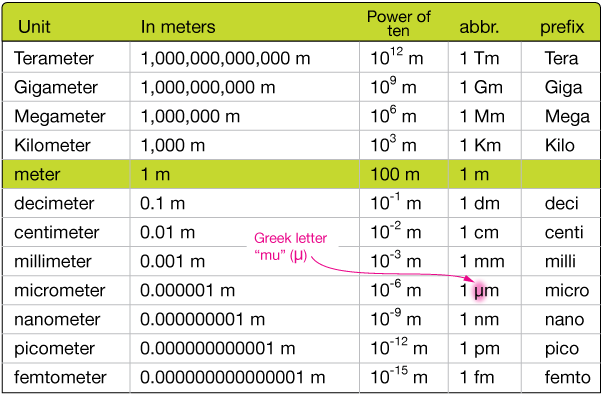

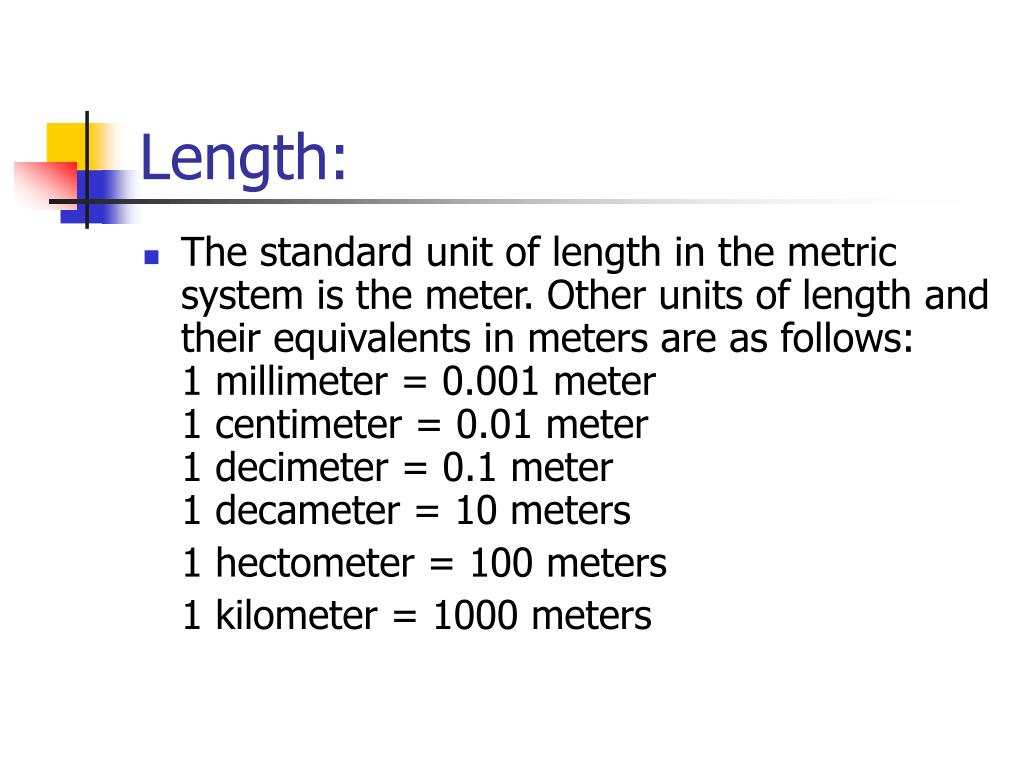



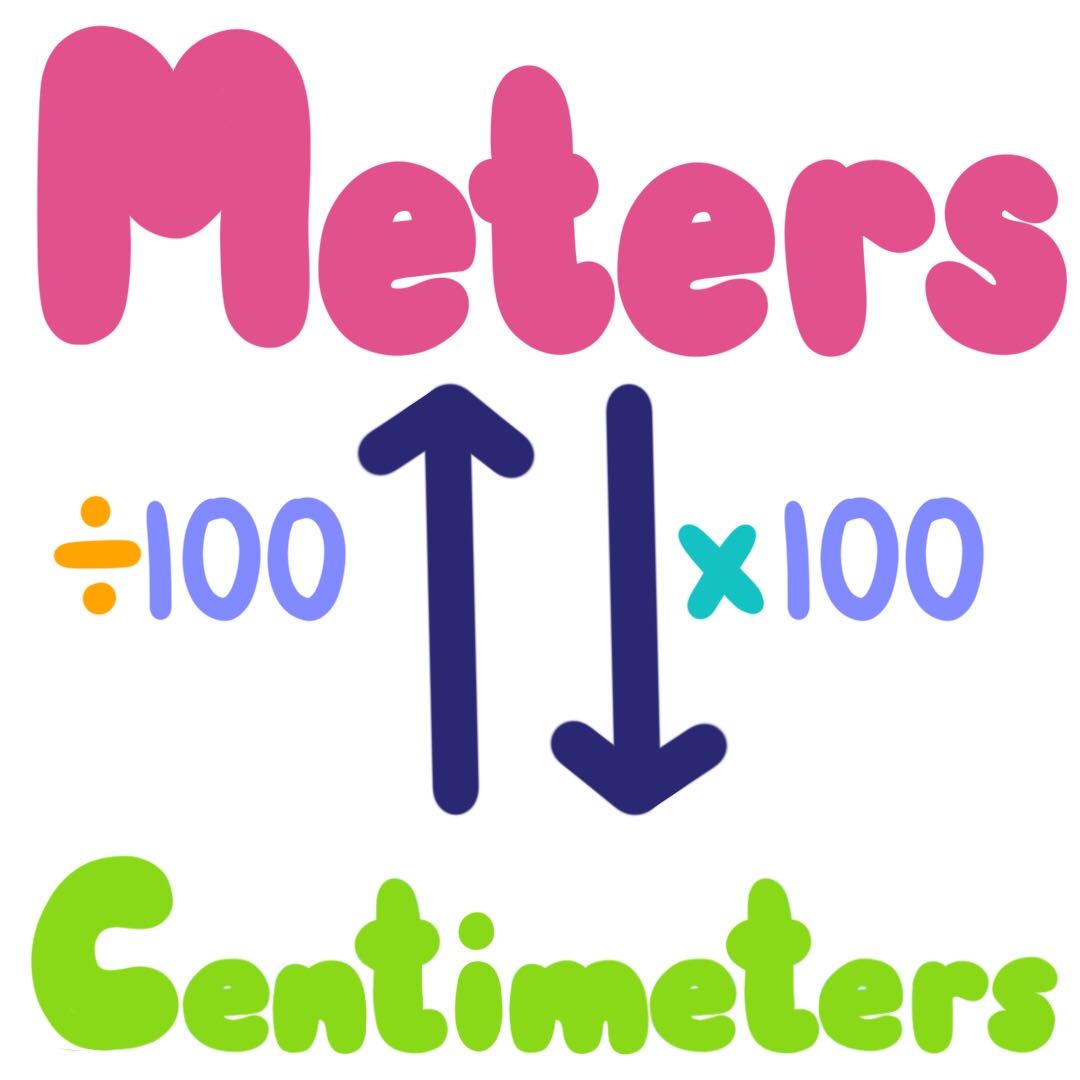



+cancel+and+millimeters+(mm)+are+left..jpg)



